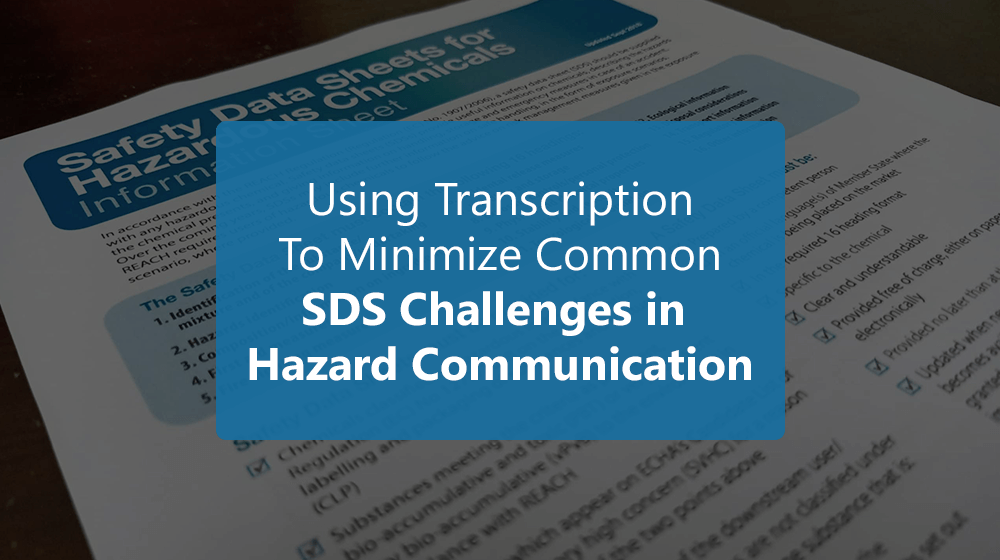In translation, keeping the original’s accuracy while ensuring the new text flows well is vital. Fidelity keeps the original’s intent, while fluidity makes it easy to read. Without this balance, translations can seem off or misrepresent the original. To communicate effectively across languages, translators must balance staying true to the original while connecting with a new audience.
Let’s explore more about fidelity and fluidity and their importance in striking a balance in translation:
The Art of Translation: A Tightrope Walk
Translation is not just swapping words; it’s about merging language and culture. Translators try to keep the original meaning while making it clear in a different language. This needs a strong understanding of both languages and cultures.
Fidelity: The Guardian of Authenticity
Fidelity in translation ensures the original’s true meaning is preserved. The goal is to keep the emotion and depth while avoiding a robotic tone. This requires a deep understanding of both languages and a real connection to the content.
Fluidity: The Elixir of Readability
Fidelity keeps a translation accurate, and fluidity makes it easy to read. A stiff translation can seem odd. Translators aim to preserve the original meaning while making it flow well in the new language.
5 Strategies to Strike the Right Balance Between Fidelity & Fluidity in Translation
1. Transcreation
Transcription involves creatively adapting the source text to fit the cultural and linguistic nuances of the target audience. It’s useful for marketing and advertising materials with a crucial emotional impact.
Imagine an English slogan for a brand: “Just Do It.” A direct translation into Japanese might not carry the same motivational impact. Transcreation allows the translator to develop a culturally and linguistically fitting equivalent that conveys the same sentiment, even if it’s not a word-for-word translation.
2. Localization
Beyond mere translation, localization tailors content to the target audience’s specific cultural, societal, and regional preferences. It considers aspects like currency, date formats, and local idioms.
A website selling products in the U.S. might advertise “Fall Sales,” but when targeting Australian audiences, “Spring Sales” would be more appropriate due to the difference in seasons. Also, currency symbols, date formats, and cultural references need adjusting to resonate with the local audience.
3. Dynamic Equivalence
This approach prioritizes conveying the message and intent of the original content rather than sticking strictly to a word-for-word translation. It’s especially effective for literary works and poetry.
An example of this would be the Bible; Psalm 23 starts with “The Lord is my shepherd” in English. A direct translation might not make sense to a culture unfamiliar with shepherding. Instead, using dynamic equivalence, the translation might read “The Lord is my guide” to convey the intended meaning.
4. Compensation
If a word or idea doesn’t directly translate, the translator might use a different way to keep the original meaning and impact.
Like in Japanese, the term “tsundoku” refers to buying books and letting them pile up unread. English doesn’t have an exact word for this. A translator might explain this term in a footnote or find a way to convey the concept in context, like “book-hoarding without reading.”
5. Paraphrasing
When a direct translation might be too rigid or unnatural, paraphrasing allows the translator to reword or restructure the content. Paraphrasing ensures it conveys the same idea but flows smoothly in the target language.
For example, The Spanish saying “Camarón que se duerme, se lo lleva la corriente” translates directly to “The shrimp that sleeps gets carried by the current.” In English, this might seem odd. Paraphrasing allows the translator to convey the idea as “You snooze, you lose,” which is a more familiar expression with a similar message.
By using these strategies, translators ensure their work is accurate and relatable, ensuring the intended message is clear and engaging to the target audience.
The Bottomline
Balancing staying true to the original and making it easily understandable is a challenge in translation. Translators don’t just replace words; they capture the heart of the message across different languages and cultures. It’s a dance of precision and artistry, providing the core message remains consistent even as words change.
Ready to bridge cultures through impeccable translation? Look no further than ANT Datagain. With expertise in over 100 languages, we excel at preserving the essence while delivering seamless readability. Connect with us for the best translation solutions that transcend linguistic boundaries.

















